Reviewing the 2016 Olympic Events
Published on August 24th, 2016
by Craig Leweck, Scuttlebutt
The 2016 Olympic Games are done and dusted. By the numbers, the Sailing events included 380 sailors from 66 nations racing 274 boats. Those boats competed in one of 10 events, a menu that highlighted some old and new equipment.
How the equipment got selected was a political process that sought to meet the needs of the sport while sucking up to the desires of the International Olympic Committee (IOC). It is debatable who won, but we already know that changes are being considered for the 2020 Olympics.
Where are we now? Here is how each event works from my jaded eyes.
Laser Men and Radial Women
These were the largest events, and for good reason. They are supplied equipment, so the sailors just show up and go. They are, on paper, the least technical events, allowing a lot of untechnical countries to compete. Lots of countries competing is a metric adored by the IOC. However, don’t let the simplicity of these boats fool you. They require decent sized people with strength of both body and mind, yet require finesse to master the subtle technique to sail well. For television they provide close, tactical racing. They are also immensely seaworthy, and were two of only five events that could go to ocean in Rio on windy days.
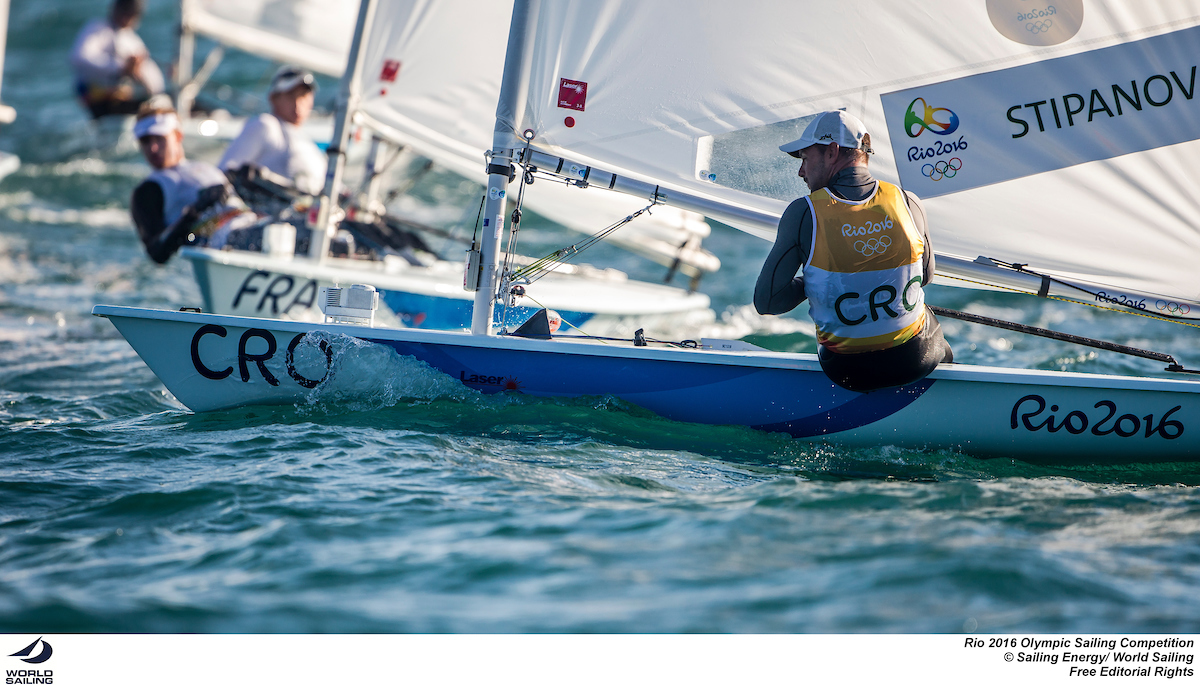
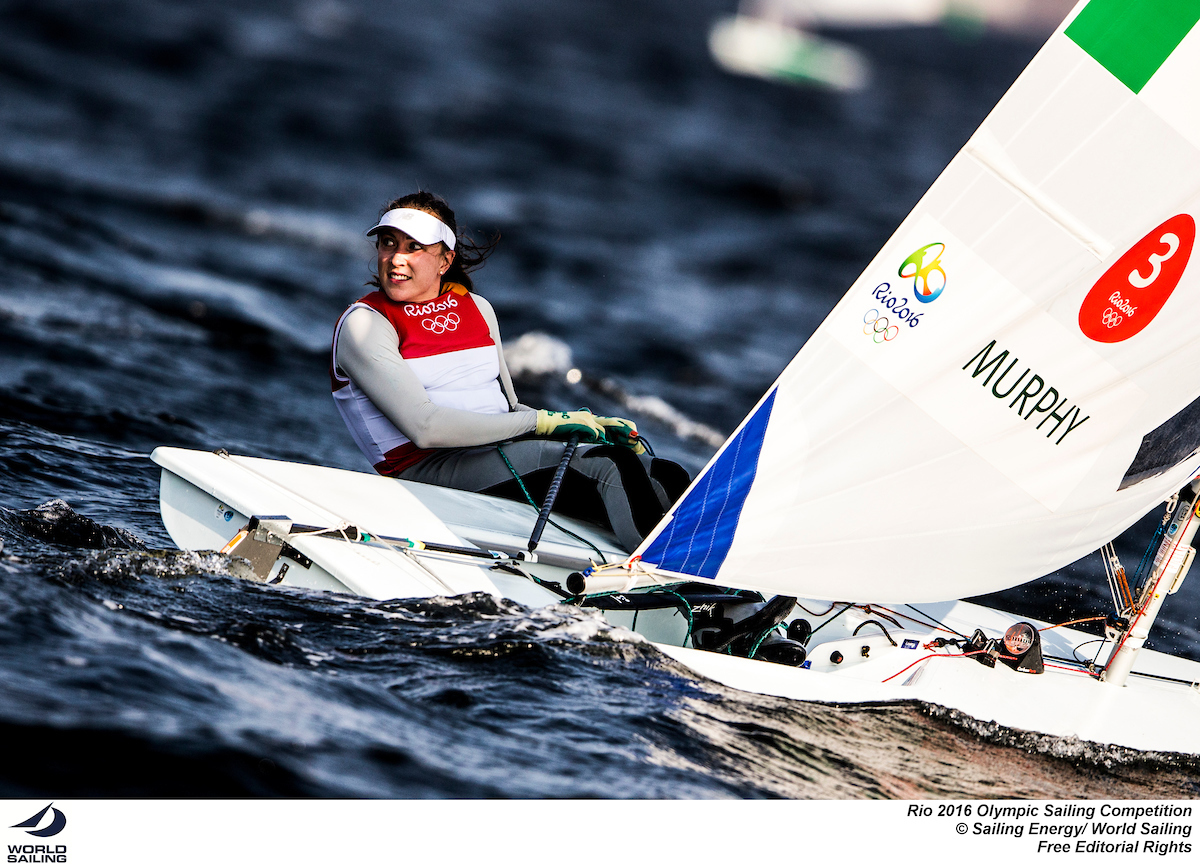
RS:X Men and Women
Trust me, we need windsurfing. I’d say we need more board sports. The IOC wants sailors to look like athletes, and if they can be beautiful, this Event checks that box too. These are long, lean, and attractive people. They are also chill. They are not yacht club people, they are beach people. Heck, these are the beach volleyball players of sailing. Beach volleyball was one of the few stadiums that was full in Rio, and if you could wrap grandstands around their course, it would have been full too. This is also an equipment supplied event, though the sailors were able to bring their own spars and fin. All did, using only the board and sails that were wrapped with Brazilian colors. Television likes colors.
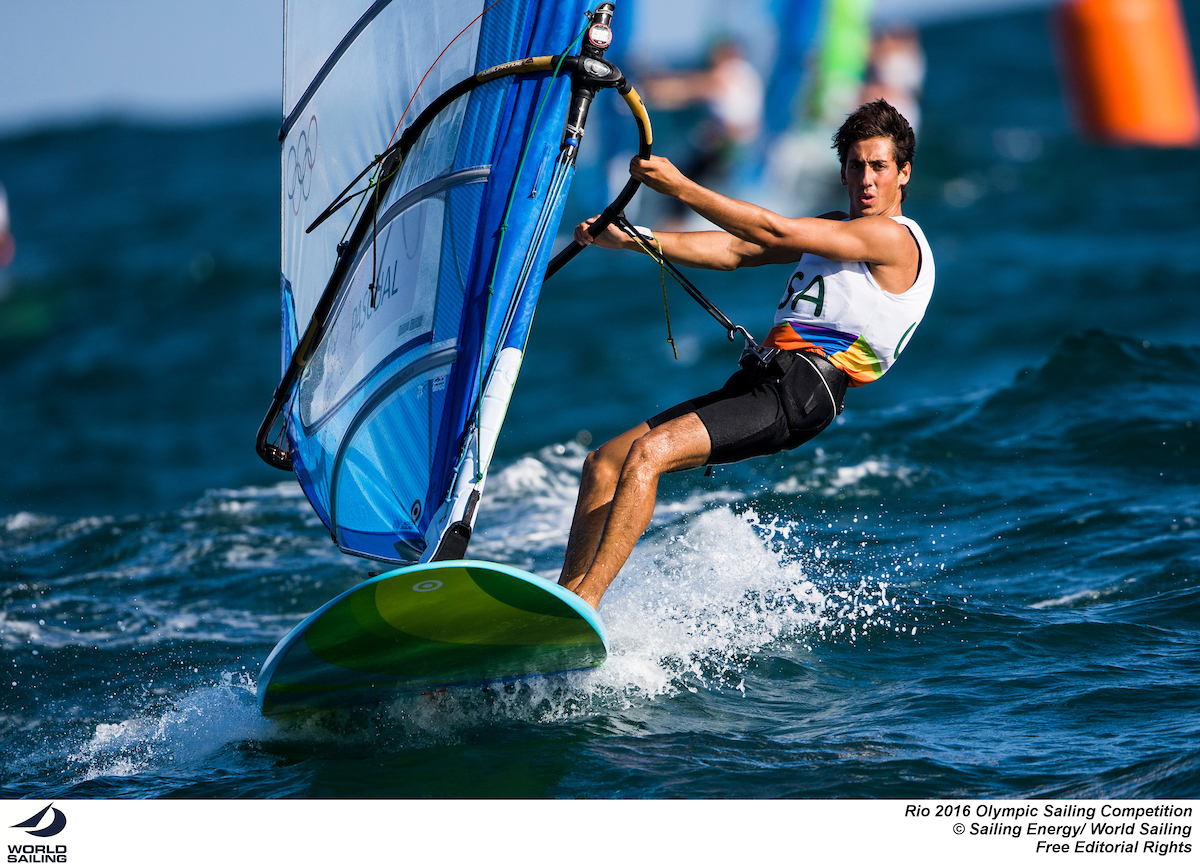
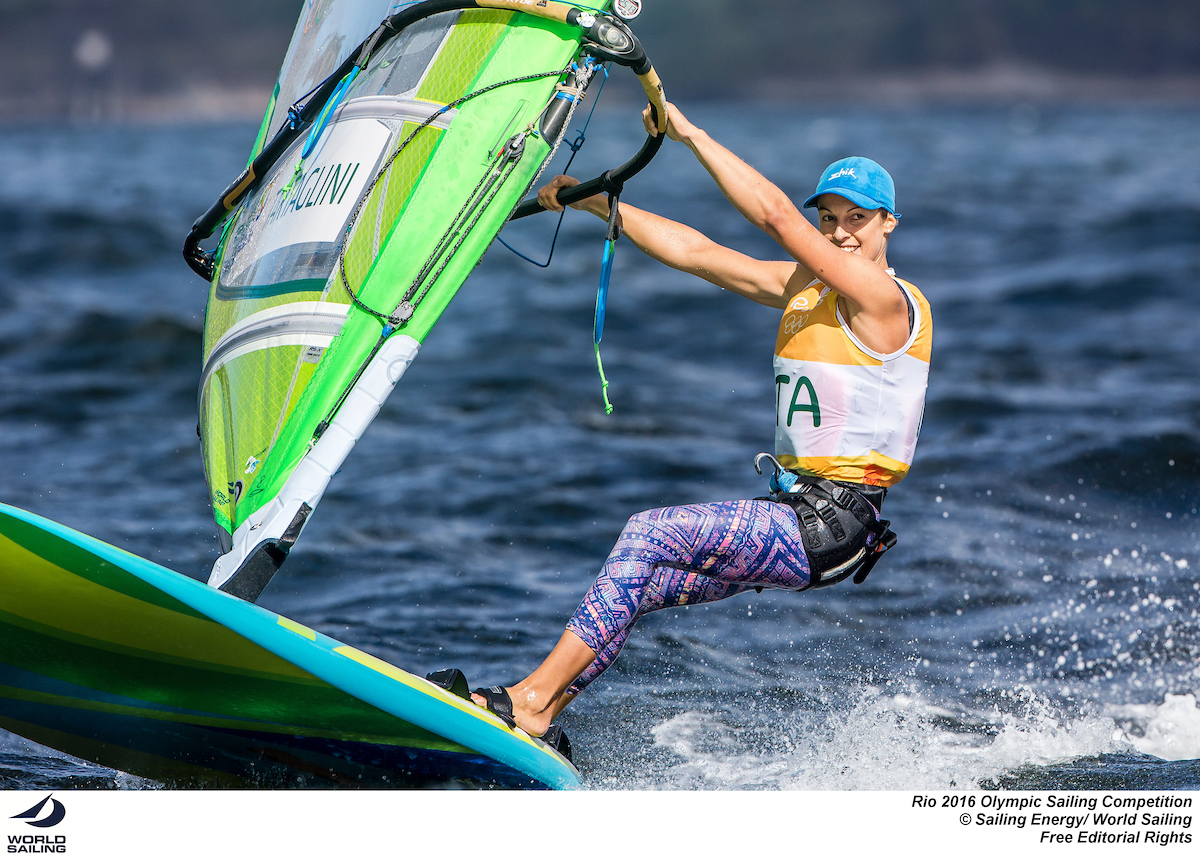
Finn – Men
The IOC likes athletes, and sailors come in all sizes. For the Finn, that size is big. You don’t realize how tall gold medalist Giles Scott is until you see him in a doorway. Or spot him across a crowded dance floor in Lapa. But more important than needing a class that serves all body types, Finn sailors fulfill vital logistic needs. If all we have are small people sailing speedy boats, who will help them pack up? What would load the container or roof top a boat without the Finn guys? A frigg’n fork lift, that’s what. Plus, if you have never seen Scott free pump offwind, than you haven’t witness brutal athleticism our sport can display. I bow to him. As for the boat, it was one of only five events sufficiently seaworthy for the ocean in Rio on windy days.
470 Men and Women
These doublehanded gems are probably that boat that is closest to what most of us can relate to. They nearly resemble what most every teenage kid in North America sails, except they require about a billion steps more in experience, technique, and technical know-how. Any kid that graduates from college and thinks they can easily transition to the 470 (or any Olympic boat, for that matter) needs to have their diploma revoked. They need to wake up from that dream. What the 470 is is fast but not too fast, which translates to close, tactical racing. Not many Olympic classes have it, and it translates well on television. Also, like the Laser and Finn, they are immensely seaworthy, and were one of only three boat types that could go to ocean in Rio on windy days. As for people size, gold medalists Hannah Mills and Saskia Clark (GBR) are the atypical midget helm and large crew while Šime Fantela and Igor Marenić (CRO) broke the mold with a large skipper and smaller crew.
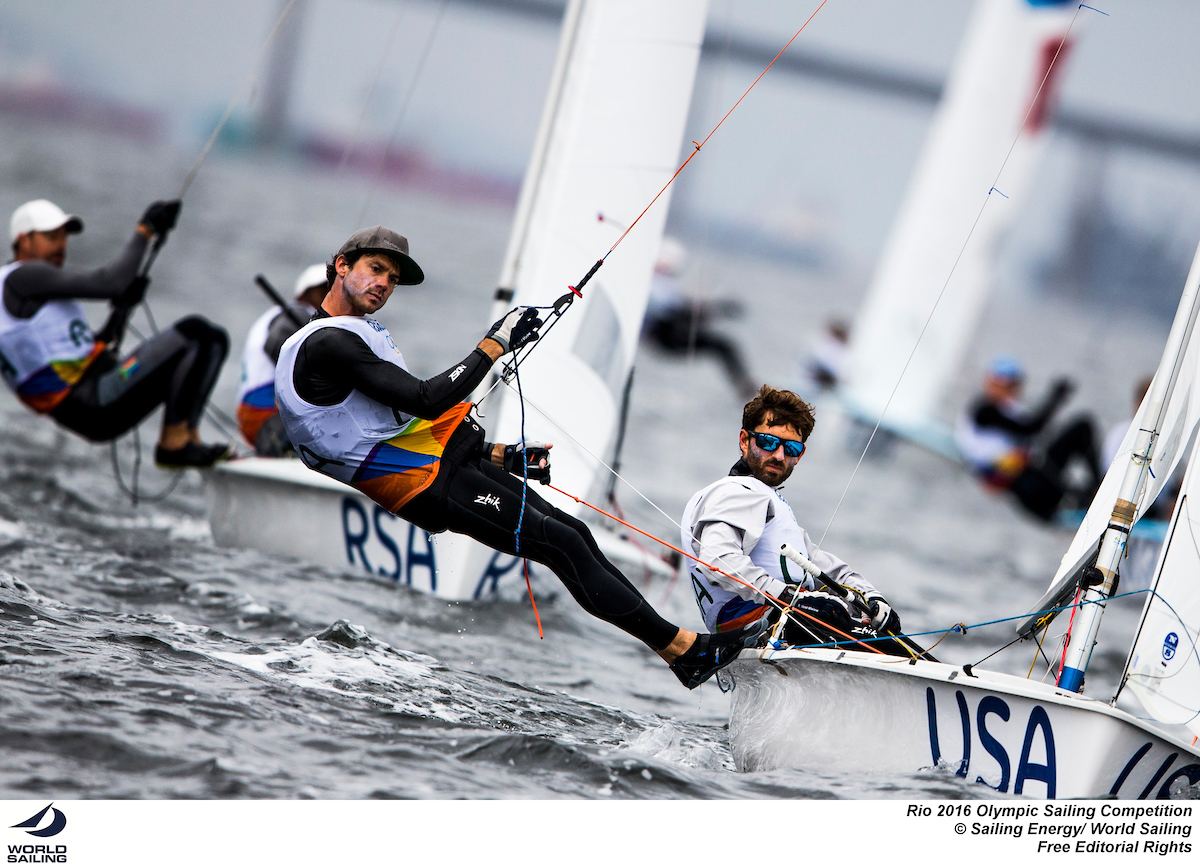
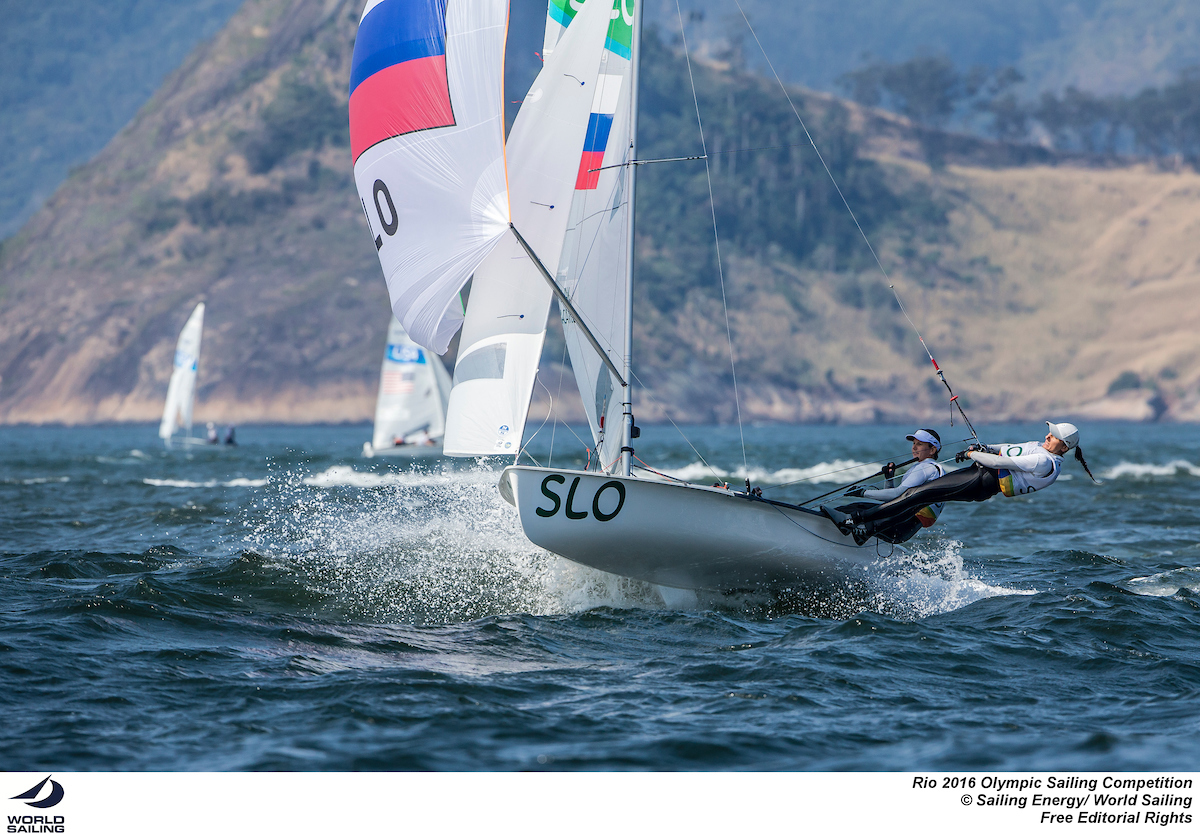
49er Men and 49erFX Women
The skiffs have the cool that the IOC wants, so these boats are here to stay. The outboard racks, double trapeze, high speed, and flag kite are visually gripping. They also tend to attract fun people of most sizes, which lord knows we need. Fun was bolstered this quad by the introduction of the FX, and these two fleets tend to do a lot together, and I am not talking in the biblical sense (though if that works, sweet). Their World and Continental Championships are combos, so the boy-girl vibe rocks the boat park. As good as they look on television, the reality of high performance boats is they separate both tactically on the race course and worse, separate at the finish line. Worse more, the boat isn’t sufficiently seaworthy to deal with the ocean course in the big breeze day, requiring the flat water of Guanabara Bay to avoid cartwheeling downwind.
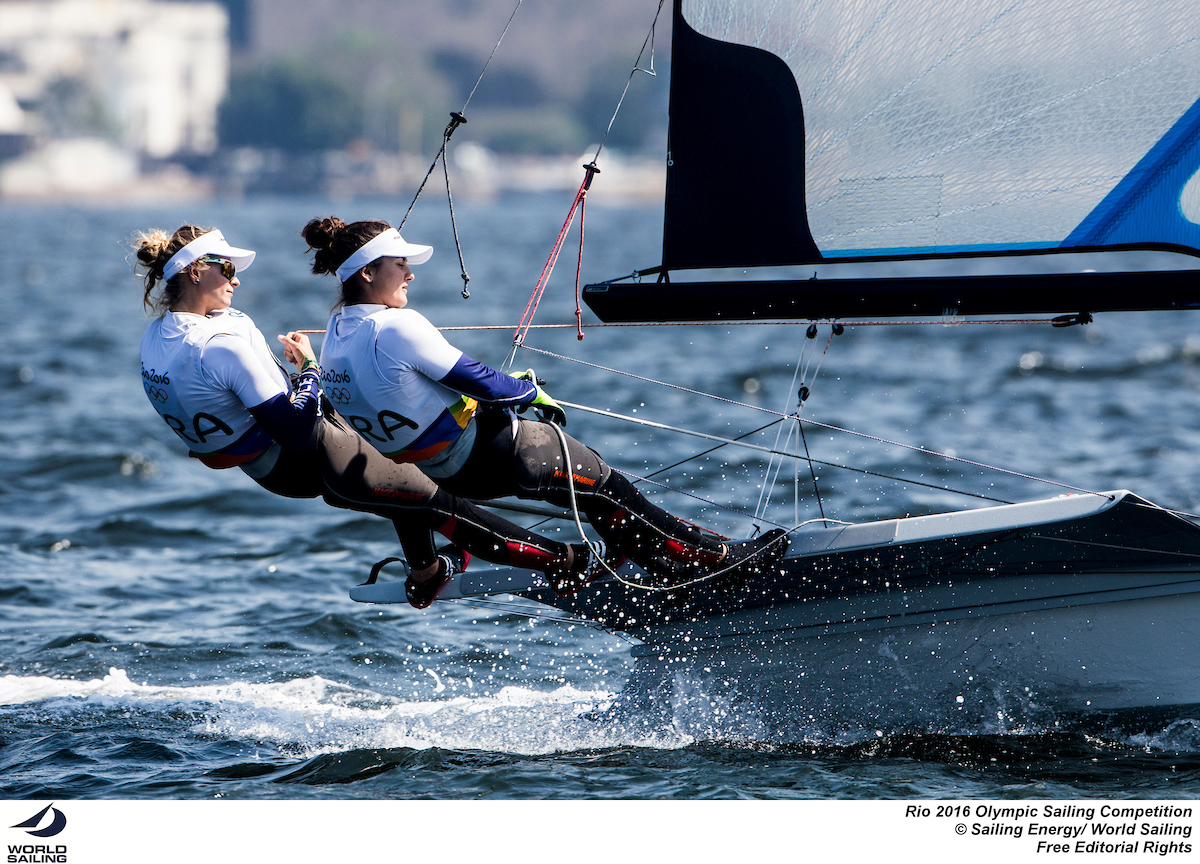

Nacra 17 – Mixed
How cool is it that there is an event that requires men and women to sail together? Talk about the perfect boy-girl ratio for the après party, and like the skiff, you see M/L size types. The Nacra 17 is new to the Games, designed specifically for it, and unfortunately, just before foiling was fully invented. So these partially flying boats are like a dragster on bad tires, a reality that attracts photographers to capture those crash and burn moments. But even when not cartwheeling, they look visually cool with the flying hull, double trapeze, high speed and flag kite. However, they also have some of the negatives of the skiff in that they tend to separate tactically and spatially, and they can’t go to the ocean in the big wind day. In fact, if their course hadn’t been moved from the ocean into the Bay on a big wind day, an overwhelming consensus was the fleet would have seen total and utter destruction. Talk about train-wreck television.
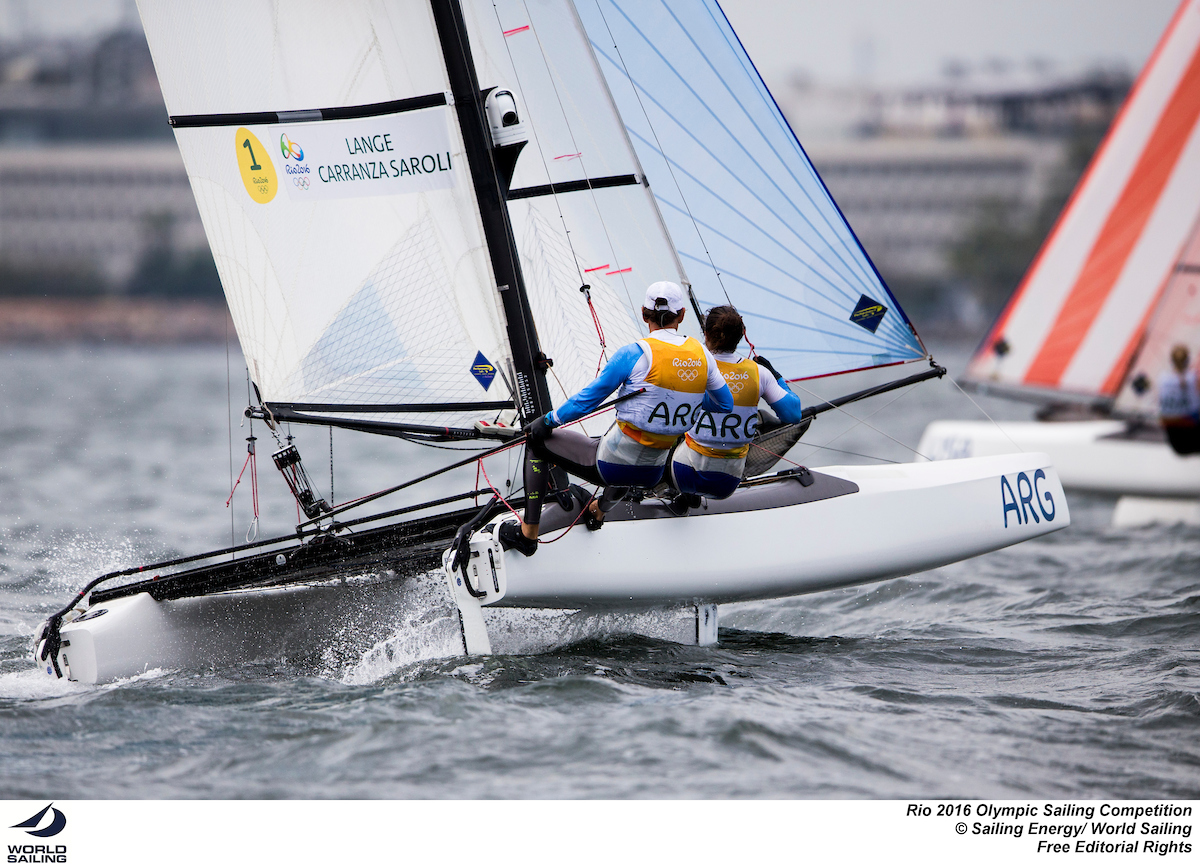
What’s Next?
The ten events in 2016 were supposed to continue on for 2020, but a shifting wind from the IOC has gotten World Sailing to review the slate. With so many boxes checked at Rio 2016, the upcoming World Sailing Council debate will be ‘must-see-tv’. Look for an update on the events for Tokyo 2020 by February 2017.


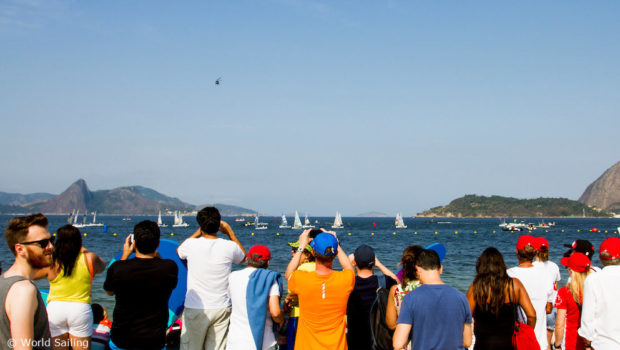

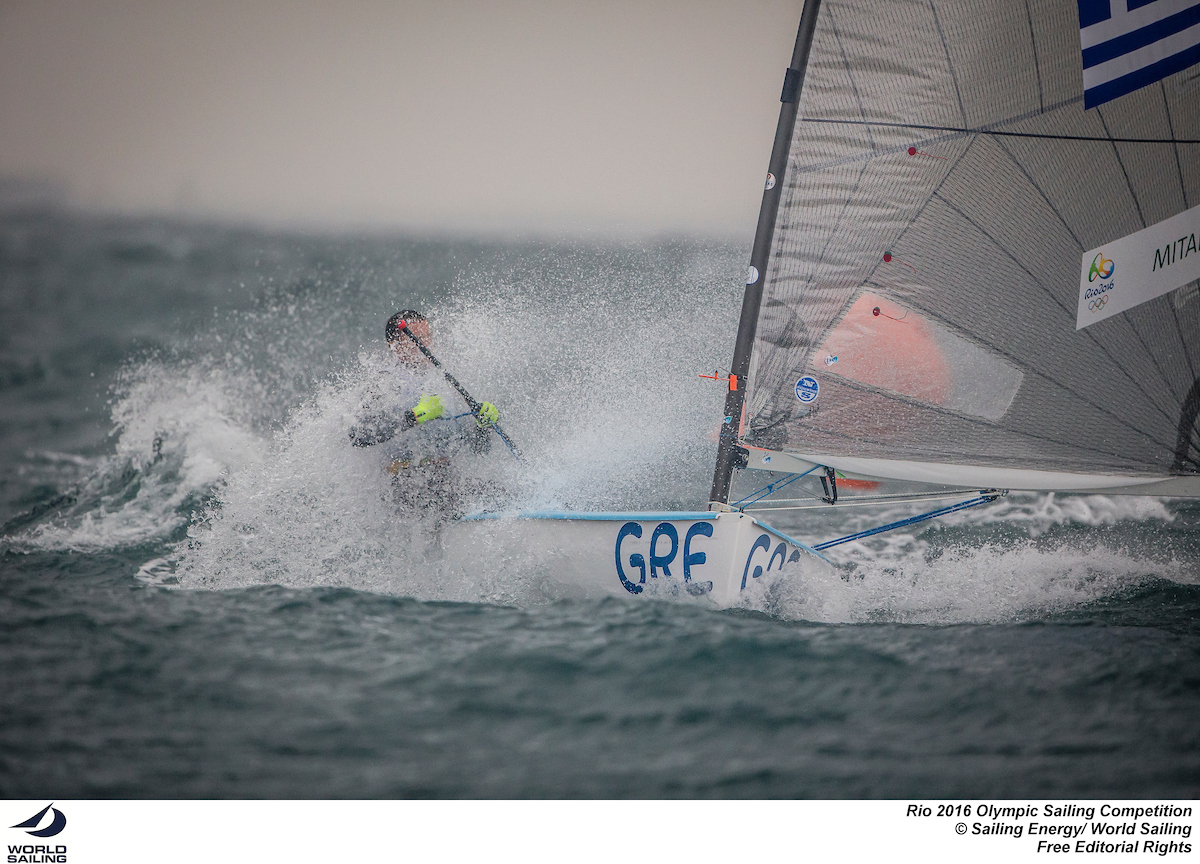





 We’ll keep your information safe.
We’ll keep your information safe.